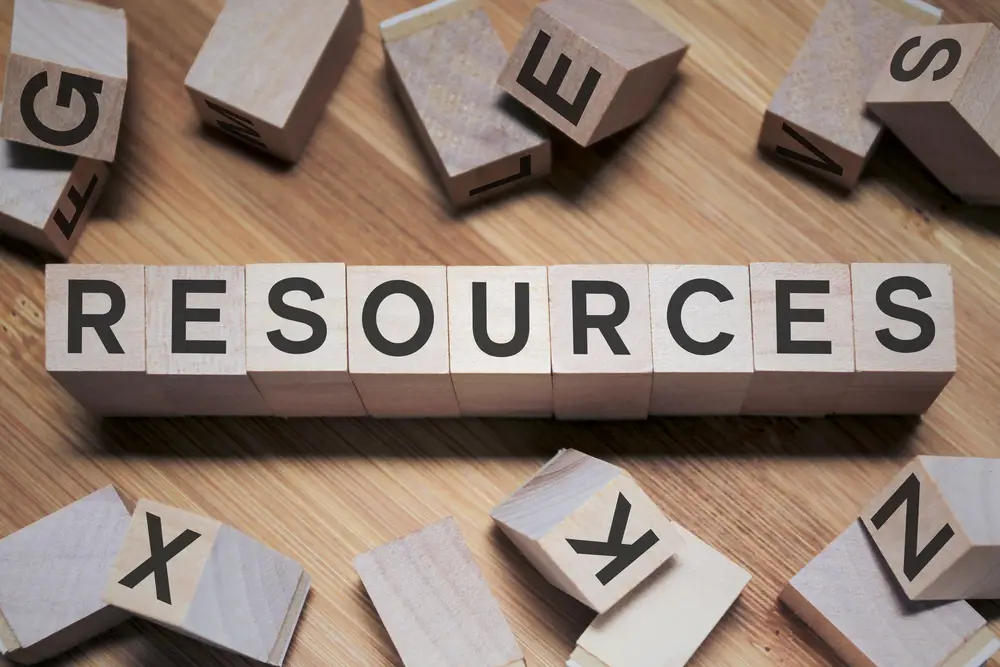Tips for Saving Money on a Low Income in America can feel like an impossible task, but it doesn’t have to be. Living paycheck to paycheck is a reality for many, but with some strategic planning and mindful habits, you can create a financial cushion even on a tight budget. This guide will walk you through practical tips and actionable steps to help you save money, no matter how much you earn. Let’s dive into how you can start building your savings today!
Tips for Saving Money on a Low Income in America
Understanding Your Financial Situation
Tracking Your Expenses
The first step in saving money is understanding where your money is going. You might be surprised at how much you spend on non-essential items. Keep track of every dollar you spend for at least a month. Use a notebook, spreadsheet, or budgeting app to monitor your spending habits. This will give you a clear picture of where your money is going and where you can cut back.
Creating a Budget
Once you have a handle on your expenses, it’s time to create a budget. Start by listing all your monthly income and fixed expenses, like rent, utilities, and transportation. Then, allocate the remaining funds for groceries, savings, and discretionary spending. Be realistic but firm with your budget. If you find yourself overspending in one category, adjust others to compensate. Remember, a budget is not a restriction but a plan to make your money work for you.
Practical Money-Saving Tips
Cutting Unnecessary Expenses
One of the most effective ways to save money is by cutting unnecessary expenses. Review your spending and identify areas where you can trim costs. This might include dining out, entertainment, or those extra coffees you grab on the way to work. Small changes in these areas can lead to significant savings over time.

Subscription Services
In today’s digital world, it’s easy to subscribe to multiple services—streaming platforms, magazines, apps, and more. While these might seem small individually, they can add up quickly. Review all your subscriptions and ask yourself which ones you truly need. Can you live without Netflix for a few months? Are there free alternatives to the apps you use? Cancel any service that doesn’t provide value or that you can live without.
Impulse Buying
Impulse purchases can quickly drain your wallet. Whether it’s a quick snack, a trendy gadget, or an online deal that seems too good to pass up, these small buys can add up. One way to combat impulse buying is the 24-hour rule—if you see something you want to buy, wait 24 hours before making the purchase. Often, the urge to buy will pass, and you’ll save money.
Also Read – How to Create a Budget for Millennials in the US
Maximizing Savings on Essentials
Grocery Shopping on a Budget
Food is a major expense, but there are ways to trim your grocery bill without sacrificing quality. Start by planning your meals around what’s on sale and using coupons or discount apps. Buy in bulk when possible, and don’t be afraid of store brands—they’re often just as good as the name brands but much cheaper. Also, consider cooking at home more often. Eating out, even for a quick lunch, can eat into your budget.
Saving on Utilities
Utilities are a necessary expense, but there are ways to reduce them. Start by being more energy-conscious: turn off lights when you leave a room, unplug electronics when not in use, and consider using energy-efficient appliances. In the winter, lower your thermostat a few degrees and wear warmer clothing indoors. In the summer, use fans instead of cranking up the air conditioning. Small changes can lead to significant savings on your energy bills.
Smart Financial Habits
Building an Emergency Fund
Even if you’re living on a low income, it’s crucial to set aside money for emergencies. Start small—aim to save $500 at first, and then gradually build up to a larger amount. This fund will give you peace of mind and a financial buffer for unexpected expenses like car repairs or medical bills. Set up automatic transfers from your checking account to a savings account, even if it’s just a few dollars per week. Over time, it will add up.
Setting Financial Goals
Having clear financial goals can keep you motivated and focused. Whether it’s saving for a vacation, paying off debt, or building a nest egg, setting specific, achievable goals can guide your financial decisions. Write down your goals and break them into smaller, actionable steps. For example, if you want to save $1,000 in a year, aim to save $20 a week. Celebrate small victories along the way to stay motivated.
Taking Advantage of Resources

Government Assistance Programs
There are several government programs designed to help low-income individuals and families. Programs like SNAP (Supplemental Nutrition Assistance Program), Medicaid, and housing assistance can provide financial relief. Research what’s available in your area and see if you qualify. These programs can help you free up more of your income for savings.
Also Read – How to Invest in Stocks with Little Money in the US
Community Resources
Don’t overlook the resources available in your community. Many nonprofit organizations offer free or low-cost services, such as food banks, clothing closets, and financial counseling. Libraries often provide free access to computers and the internet, which can help you save on entertainment and educational expenses. Take advantage of what’s available to stretch your income further.
Conclusion
Saving money on a low income may require more effort and discipline, but it is entirely possible. By understanding your financial situation, making a budget, cutting unnecessary expenses, and taking advantage of available resources, you can build a savings cushion even on a limited income. Remember, the goal isn’t just to save money but to create financial security and peace of mind for yourself and your family. With persistence and smart habits, you can achieve your financial goals, no matter how modest your income.
Frequently Asked Questions (FAQs)
1. How can I save money when I’m barely making ends meet?
Start small. Even saving a few dollars each week can add up over time. Focus on cutting unnecessary expenses and make use of community resources.
2. What are some easy ways to reduce my grocery bill?
Plan meals around sales, use coupons, buy in bulk, and consider store brands. Cooking at home more often also helps reduce costs.
3. Is it really necessary to have an emergency fund if I have a low income?
Yes! An emergency fund, even a small one, provides a financial safety net and can prevent you from going into debt when unexpected expenses arise.
4. How can I avoid impulse buying?
Use the 24-hour rule: wait 24 hours before making a purchase. Often, the urge to buy will pass, and you’ll save money.
5. Are there any specific resources for low-income families to help save money?
Yes, many government programs and community resources are available to assist low-income families, such as SNAP, Medicaid, housing assistance, food banks, and financial counseling services.


2 thoughts on “Effective ways to save money on a low income in America”